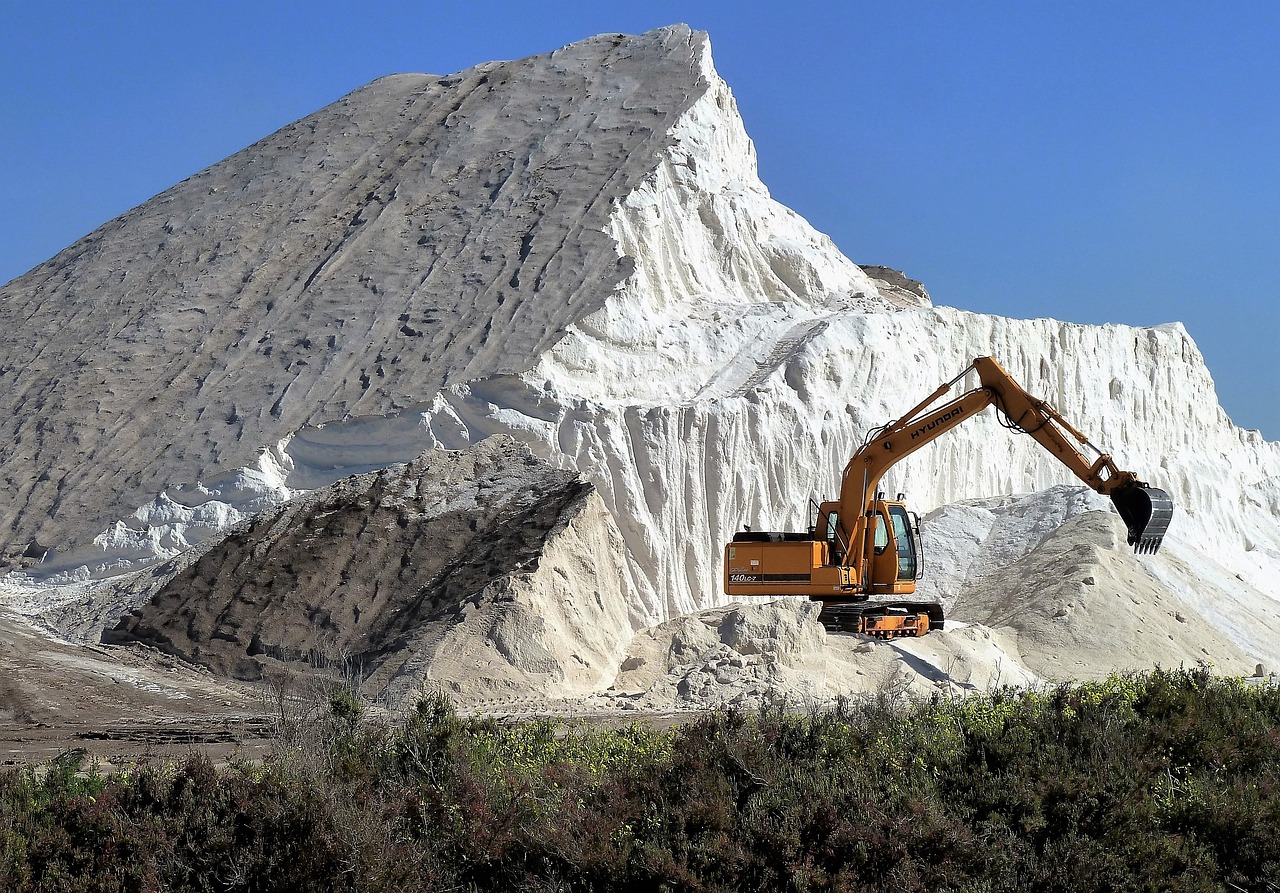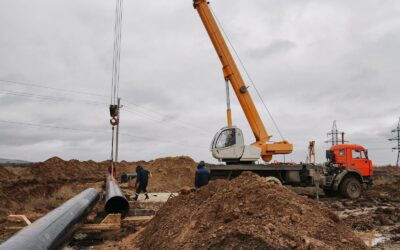Executive Summary
Many approaches exist for estimating – two of them being a theoretical approach versus a production history approach. One is based on what you think, the other on what you know. These terms may not be familiar to you, but the difference in execution may be.
What is the basis of estimating?
Estimating usually uses one of two basic approaches – the first being a professional projection of what an activity will cost in labor, equipment, and materials et cetera. This is called theoretical by some. The second approach is a production history approach which is based strictly on actual job cost history.
What is theoretical estimating?
This is a term used by some to describe an approach where a crew and its production are assigned based on what an estimator feels is adequate to accomplish the work. For example, if we must lay 1,000 LF of 42” pipe 11’ deep, I may say that a 6-man crew can lay this pipe in 10 days (100 LF/day). And in this scenario, I say this based upon the fact that I think that’s what the crew can lay a day. This is just based on my experience in the field watching it or laying it.
What is production history estimating?
This method is guided strictly by job history. Estimating based upon production history requires the estimator to research what his/her company has done historically in a similar activity. So, the research may result in something like the following on this 42” pipe installation activity:
| Project | Description | Qty | Prod Rate |
| Rose Island WWTP | 42” Concrete Cylinder Swr | 3,441 LF | 1.01 mh/lf |
| Breckenridge Roadway | 48” DIP – Water | 1,008 LF | 0.84 mh/lf |
| Cedar Lane Outfall | 42” RCP Storm | 6,454 LF | 1.14 mh/lf |
| St. Peter Water Supply | 48” Ductile Pipe | 3,324 LF | 4.65 mh/lf |
The estimator has gone into previous projects and found these four historical placement rates. There may have been other jobs of similar diameter, but for several reasons they may have been discarded (see next section for some of these reasons). Notice that one of the jobs above – St. Peter Water Supply – seems to be an outlier. The top three listed projects are all in the vicinity of 1.00 mh/lf (manhour per lineal foot). Perhaps the 4th project above would be discarded, even though it initially seemed promising at first glance. Using the project historical costs above, the estimator may average the top three listed jobs and bid the project at 1.07 mh/lf. Estimating is still an art and a science, even in the face of historical data so the ultimate choice is by the estimator!
What are some reasons for discarding certain production histories?
There could be several reasons:
- Poor timekeeping by the foreman resulting in inaccurate production rates.
- Dissimilar work due to, in the instant case, the wrong pipe diameter or pipe type.
- Time – the work may have occurred too long ago when the company had different resources in people or equipment.
- Soil conditions – other jobs may have been in flowing sands, while this one is in solid basalt.
- Owner – this owner may be great to work with while another owner usually requires an “upcharge” due to tough inspection or unruly specifications.
My Story
Most of my career has involved theoretical estimating; I have seen work accomplished and talked with a superintendent about it and arrived on a crew and production rate.
I recently assisted a medium-sized contractor and he mandated that, where possible, we rely on historical data. Because after all, that’s why his company had been collecting it.
The software we use was able to quickly pull it from cost reports, average it, and insert the historical rates into the estimate. Although bidding with historical production rates can provide a great deal of confidence, it did make me feel like more of a data entry person than a heavy/civil think-it-through/build-the-work-in-my-mind type estimator.
Ultimately, I think that art and science must continue to be relied upon and using production history is a great way of zeroing in on what the work actually costs.
Work Safe!






0 Comments